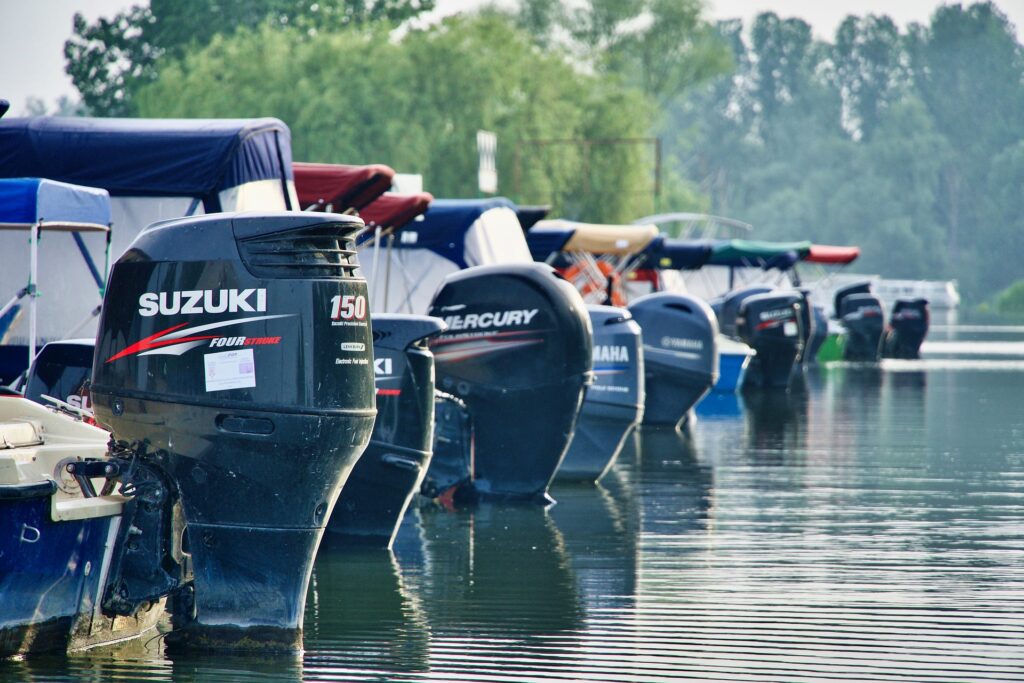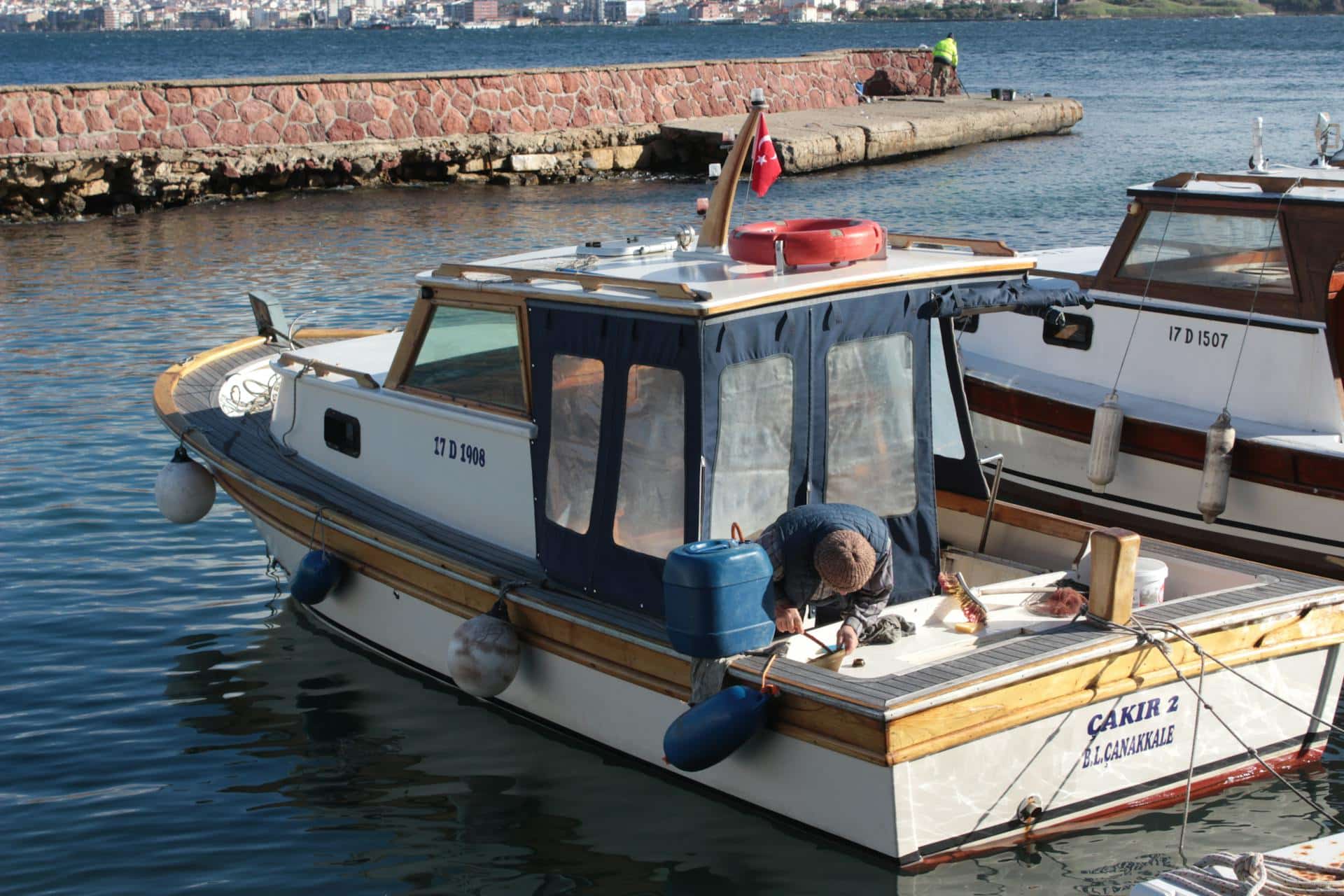How to Clean and Maintain Your Outboard Engine
Table of Contents

Taking care of your outboard engine is essential for keeping it running smoothly and extending its lifespan. Whether you use your boat for fishing, family outings, or water sports, regular maintenance not only ensures your motor runs efficiently but also keeps it looking great. Here's a fresh, human guide to outboard motor care that will help you keep your engine in top shape.
Why Outboard Maintenance is Key
Owning a boat brings endless fun, but it also comes with responsibilities, especially when it comes to your outboard motor. Whether you’re using it in freshwater or saltwater, your engine is exposed to harsh elements. Dirt, salt, algae, and chemicals can cause wear and tear, eventually leading to costly repairs. Regular cleaning and maintenance will ensure your engine runs smoothly and lasts for years.
Step 1: Rinse After Every Trip
After each outing, the first thing to do is give your engine a thorough rinse with fresh water. Just like you wash the rest of your boat, your outboard motor needs the same attention. A fresh water rinse helps remove salt deposits, dirt, and grime that accumulate while out on the water.
- Tip: Avoid using dish soap or household cleaners as they can strip off wax and other protective coatings. Instead, use marine-specific cleaners, like Yamaclean®, which are designed to be gentle on your boat and engine.
Once you’ve rinsed off all the dirt and salt, wipe down the engine with a soft cloth to dry it off and prevent water spots or corrosion.
Step 2: Flush the Engine Regularly
Flushing your engine is a crucial part of the cleaning process, especially after running it in saltwater or murky waters. A motor flush removes debris, algae, and salt from the cooling system, which, if left unchecked, can cause blockages or even engine damage.
Here’s how to do it:
- Attach a motor flusher (also known as “ear muffs”) to your engine.
- Connect a garden hose and run fresh water through the engine.
- Let the engine run until it reaches normal operating temperature.
- Ensure the water is flowing out of the exhaust port smoothly.
By flushing your engine, you’re not only cleaning out salt and dirt but also ensuring it continues to cool properly.
Step 3: Inspect for Any Wear and Tear
During each cleaning session, take a moment to inspect your outboard for any signs of wear. Look out for:
- Cracks in the fuel line: Check the fuel line regularly for any cracks or leaks. Replace worn lines immediately to prevent fuel leakage.
- Corrosion: Inspect the engine body and sacrificial anodes. If the anodes are more than 50% corroded, replace them. Anodes protect your engine from saltwater corrosion by “sacrificing” themselves instead of the metal parts of your motor.
- Rust or Blisters: Rust spots or paint blisters can indicate early corrosion. Sand down rust spots and repaint them with marine-specific paint to prevent further damage.
Step 4: Apply Corrosion Protection
After cleaning and drying your engine, it’s important to apply corrosion protection, especially if you’re boating in saltwater. A light spray of corrosion inhibitor on the engine’s surface will help prevent rust and keep everything running smoothly.
You can also apply a wax or protective coating to the motor to give it an extra layer of defense against the elements. Some boaters use a marine detailing kit to ensure every part of the engine is protected and shining like new.
Step 5: Store Your Motor Properly
When you’re not using your boat, especially during the off-season, storing your engine correctly is essential for its longevity. Here are a few key tips:
- Cover it up: A waterproof outboard motor cover will protect the engine from dust, debris, and moisture while in storage.
- Keep it upright: Always store your engine in an upright position to prevent oil from draining into the cylinders.
- Extended Storage: If you’re putting your boat away for a long period, consider winterizing the engine. This involves draining the fuel, fogging the engine cylinders, and checking the battery.
Troubleshooting Common Issues
Sometimes, despite regular maintenance, problems can occur. Here are a few common outboard motor issues and how to address them:
- Weak Water Flow: If the water stream from the cooling system is weak, there may be a blockage in the drain pipe. Clean it out with a piece of wire or replace the water pump if needed.
- Overheating: This can happen if debris gets stuck in the cooling system or if the engine hasn’t been flushed properly. Regularly check the cooling water inlet and impeller to ensure the system is functioning well.
- Hard Starting: A hard-to-start motor could be a sign of a fuel issue, such as water in the fuel tank. Make sure your fuel lines are free of leaks, and always check the fuel filter for water or dirt.
Using the Right Tools and Products
Maintaining your outboard doesn’t have to be complicated if you have the right tools. Here’s a quick checklist of must-have items for engine care:
- Marine-Specific Cleaning Agent: A gentle, marine-safe cleaner like Yamaclean®.
- Motor Flusher: Essential for flushing your engine after each trip.
- Corrosion Inhibitor: A spray to protect against rust and salt.
- Soft Cloth: For wiping down your engine and applying polish.
- Outboard Motor Cover: A waterproof cover for protecting the motor during storage.
Routine Maintenance for Longevity
To keep your outboard running smoothly, it’s important to perform some regular maintenance tasks, even if your engine seems to be working fine. Here’s what you should be doing:
- Change the Oil: Just like your car, your outboard motor needs regular oil changes. Check the engine oil regularly and replace it at least once a season.
- Replace the Water Pump Impeller: The impeller should be replaced every 300 hours of use or every three years. A worn impeller can lead to overheating.
- Lubricate Moving Parts: Apply grease to all moving parts such as the steering system, trim, and throttle cables.
- Replace Fuel Filters: Keep the fuel clean by replacing fuel filters regularly, especially if you use ethanol-blended gasoline.
Conclusion
Cleaning and maintaining your outboard engine doesn’t have to be difficult, and by following these simple steps, you can keep your motor running smoothly for years to come. A little bit of regular care can prevent costly repairs and ensure that your time on the water is enjoyable, stress-free, and safe. So, whether you’re flushing your engine, applying corrosion protection, or giving it a good rinse, these habits will help extend the life of your motor and keep it looking as good as new.

